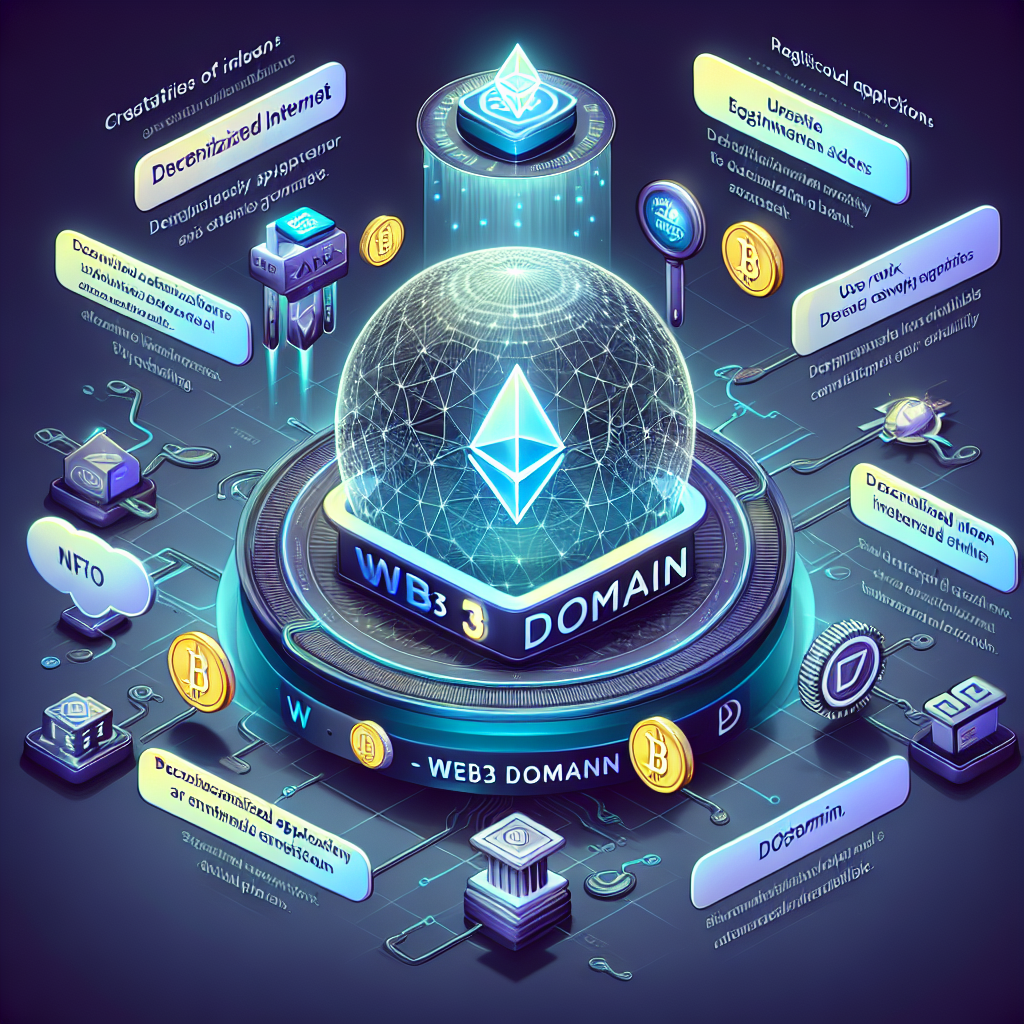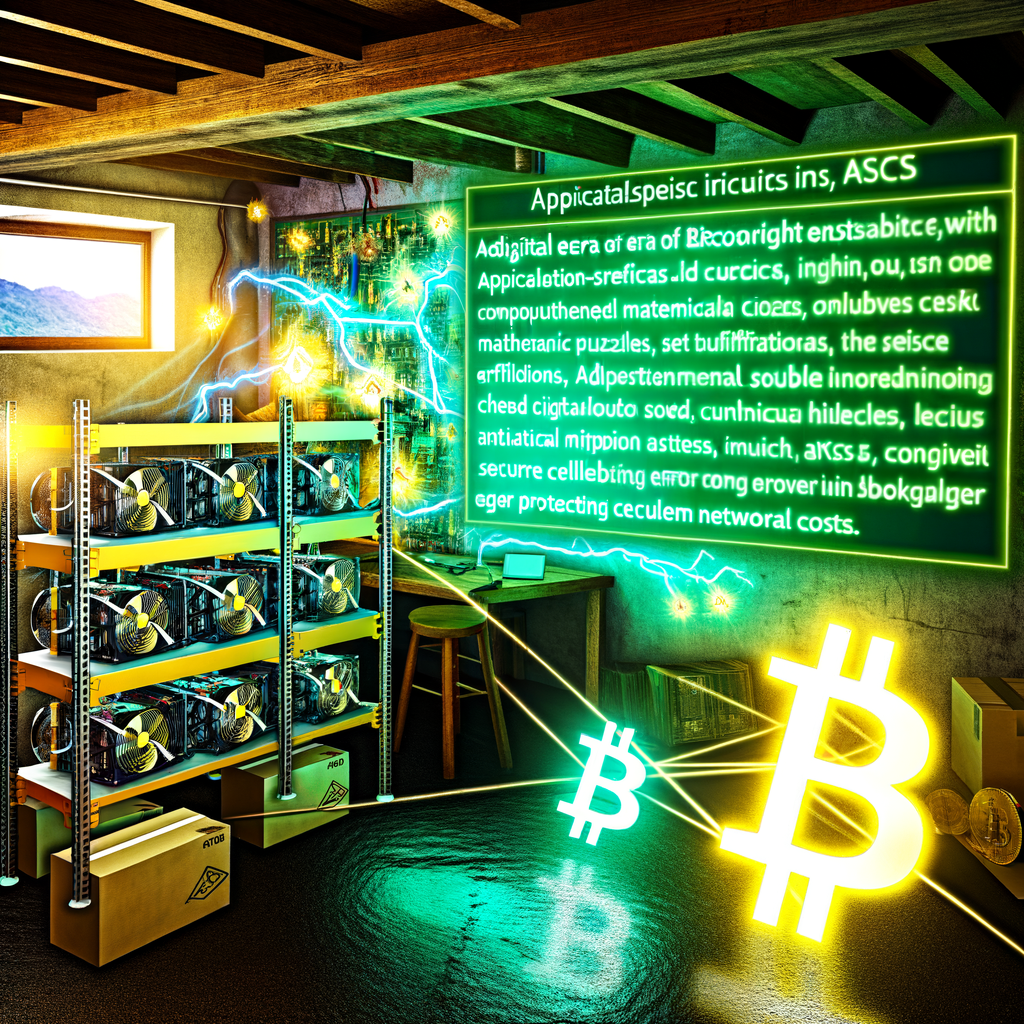In our increasingly digital world, the concept of Web3 domains is rapidly gaining traction. As the internet evolves beyond traditional paradigms, understanding these innovative domains becomes crucial. This article dives deep into the realm of Web3, elucidating how Web3 domains are redefining our online experiences and the many advantages they bring. From distinguishing them from traditional domains to exploring their registration process and benefits, we’ll cover all you need to know. Whether you’re a tech enthusiast or a curious newcomer, this guide will equip you with the knowledge to navigate the future of the web confidently.
Introduction to Web3 Domains
Web3 domains represent a groundbreaking shift from the conventional domain name systems we’ve grown accustomed to. Unlike traditional domains, which are often centralized and subject to the control of registrars, Web3 domains operate on decentralized blockchain technology. This fundamental difference bestows them with enhanced security, censorship resistance, and true ownership for users. By leveraging blockchain’s distributed nature, Web3 domains promise a more open, resilient, and direct way to navigate the internet. This section will provide an overview of their unique characteristics and explain why they are becoming a cornerstone of the next generation digital landscape.
Understanding the Concept of Web3
Web3, often referred to as the decentralized web, represents the next generation of internet infrastructure. Unlike its predecessor Web2, which relies heavily on centralized servers and services, Web3 leverages blockchain technology to create a more open, secure, and user-centric online environment. The core idea behind Web3 is to return control and ownership of data and digital assets to users, fostering greater privacy and autonomy. By using decentralized applications (dApps) and decentralized finance (DeFi), Web3 aims to revolutionize how we interact online, making transactions more transparent and reducing the dominance of large corporations. This shift could transform industries, democratize data access, and redefine digital trust.
How Web3 Domains Differ from Traditional Domains
Web3 domains represent a significant shift from traditional domain systems. Unlike conventional domains controlled by centralized authorities, Web3 domains leverage blockchain technology to offer enhanced security and user control. These domains are often decentralized, meaning ownership and management are distributed across a network rather than being handled by a single organization. This decentralization leads to greater transparency and resistance to censorship. Furthermore, Web3 domains can be more versatile, integrating directly with various decentralized applications (dApps) and smart contracts, opening up innovative use cases beyond simple web addresses. Ultimately, Web3 domains empower users with greater autonomy and security, marking a transformative step forward in the evolution of the internet.
Benefits of Owning a Web3 Domain
Owning a Web3 domain offers numerous advantages that extend beyond the capabilities of traditional domains. For one, it enhances user control and security by leveraging decentralized technologies like blockchain, ensuring that domain ownership cannot be easily tampered with or censored. Additionally, it facilitates seamless integration with decentralized applications (dApps) and services, providing a more cohesive and efficient online experience. Furthermore, Web3 domains often come with improved privacy features, reducing the likelihood of data breaches and unauthorized tracking. These domains also offer greater interoperability across various platforms and networks, enabling users to manage their digital identities more effectively. As the digital landscape continues to shift towards decentralization, owning a Web3 domain positions you at the forefront of this transformative movement, ensuring you stay ahead in the evolving web ecosystem.
How to Register a Web3 Domain
Registering a Web3 domain involves several straightforward steps that anyone can follow. First, choose a reputable Web3 domain registrar that supports blockchain-based domains. Then, create an account and log in to the platform. Next, search for your desired domain name to see if it’s available. If it is, proceed to the registration process where you will need to provide necessary details and select the duration of your domain ownership. Unlike traditional domains, Web3 domains often require a one-time payment rather than yearly renewal fees. Once registered, your domain will be minted as an NFT (Non-Fungible Token) on the blockchain, offering enhanced security and ownership proof. Finally, configure your domain to link with decentralized websites or other blockchain services, and you’re all set to dive into the decentralized web. This seamless process ensures that even newcomers can easily navigate Web3 domain registration and take full advantage of the next generation of internet technology.
Popular Web3 Domain Extensions
Web3 domains come with a variety of extensions that are quickly gaining popularity for their decentralized nature and enhanced security features. Unlike traditional domains, these extensions leverage blockchain technology to ensure greater ownership control and reduce the risk of censorship. Among the most sought-after extensions are .eth, .crypto, and .dao, each catering to different aspects of the decentralized web ecosystem. Whether used for decentralized applications, personal websites, or organizational identities, these extensions are paving the way for a more open and secure internet experience.
The Role of Blockchain in Web3 Domains
Blockchain technology serves as the foundational backbone for Web3 domains, offering a decentralized and secure framework for the future of internet infrastructure. Unlike traditional domains managed by central authorities, Web3 domains leverage blockchain’s inherent attributes, such as immutability and transparency, to create a more resilient and user-centric web experience. By decentralizing domain registration and management, blockchain ensures that ownership and control of web identities remain in the hands of users. This shift not only enhances privacy and security but also democratizes access to digital resources, empowering individuals across the globe. As a pivotal component of Web3, blockchain facilitates innovations like smart contracts and decentralized applications (dApps), further transforming how we interact with the online world.
Practical Uses of Web3 Domains
Web3 domains offer a range of practical applications that are transforming various sectors of the internet. One major use is the creation of decentralized websites, which are hosted on a blockchain rather than traditional servers, enhancing security and reducing the likelihood of censorship. Additionally, Web3 domains facilitate the use of decentralized applications (dApps), improving user interactions through seamless integration and enhanced privacy. These domains also simplify cryptocurrency transactions by replacing complex wallet addresses with easy-to-remember domain names, making crypto payments more user-friendly. The ability to manage multiple services under a single Web3 domain further enhances convenience, allowing everything from email services to identity verification to be streamlined. By providing a secure, versatile, and user-centric approach, Web3 domains are paving the way for a more decentralized and efficient internet.
Security and Ownership of Web3 Domains
Web3 domains offer unparalleled security and ownership advantages compared to their traditional counterparts. Operating on blockchain technology, these domains ensure that ownership is transparent, verifiable, and immutable. Unlike traditional domains, which are managed by central authorities, Web3 domains are decentralized, reducing the risk of hacking and unauthorized changes. This decentralization empowers users with full control over their domains and associated data. Additionally, blockchain-backed security mechanisms protect against phishing attacks and unauthorized access, ensuring that only rightful owners can manage and transfer domains. Overall, the advent of Web3 domains represents a significant leap forward in securing digital identities and assets online.
Future Trends of Web3 Domains
The emergence of Web3 domains marks a pivotal shift in how we perceive and interact with the internet. Future trends suggest that these domains will not only decentralize the web but also enhance security and privacy. One significant trend is the integration of blockchain technology, ensuring that domain ownership is transparent and tamper-proof. Additionally, as more decentralized applications (dApps) are developed, Web3 domains will become crucial in accessing and utilizing these platforms. Another trend includes the interoperability between different blockchain networks, potentially leading to seamless transitions across various decentralized ecosystems. The adoption of human-readable addresses, replacing complex alphanumeric strings, will further simplify the user experience. As Web3 continues to evolve, we can expect these domains to play a more integral role in digital identity verification, facilitating smoother and more secure online transactions. Ultimately, the future of Web3 domains promises a more user-centric, secure, and efficient internet landscape.
Common Misconceptions About Web3 Domains
Despite the growing interest in Web3 domains, several misconceptions persist that hinder a clear understanding of their potential. One frequent misunderstanding is that Web3 domains are just like traditional domains but on a different network. However, Web3 domains offer far more than simple address redirection; they empower users with enhanced security, decentralization, and ownership. Another prevalent myth is that Web3 domains are too complicated for the average user to handle. In reality, their interface has become increasingly user-friendly, making it accessible for individuals without technical expertise. Additionally, some believe that Web3 domains are a passing trend rather than a stable investment. Contrary to this notion, these domains are integral to the future of the internet, enabling truly decentralized applications and services. Understanding these misconceptions is key to fully appreciating the transformative nature of Web3 domains and their role in the evolving digital landscape.
How to Get Started with Web3 Domains
Embarking on your journey with Web3 domains can seem daunting, but with the right guidance, it becomes an exciting adventure. Begin by understanding the fundamentals of Web3 technology and its impact on the digital landscape. Next, choose a reliable Web3 domain registrar that aligns with your needs and offers comprehensive support. You’ll need a compatible crypto wallet to manage your domain purchases and transactions securely. Familiarize yourself with the registration process, which often involves connecting your wallet, selecting an available domain, and completing the transaction. Once registered, configure your domain to integrate seamlessly with decentralized applications (dApps) and explore the myriad of use cases it offers. By following these steps, you’ll be well on your way to leveraging the power of Web3 domains effectively.



Leave a Reply